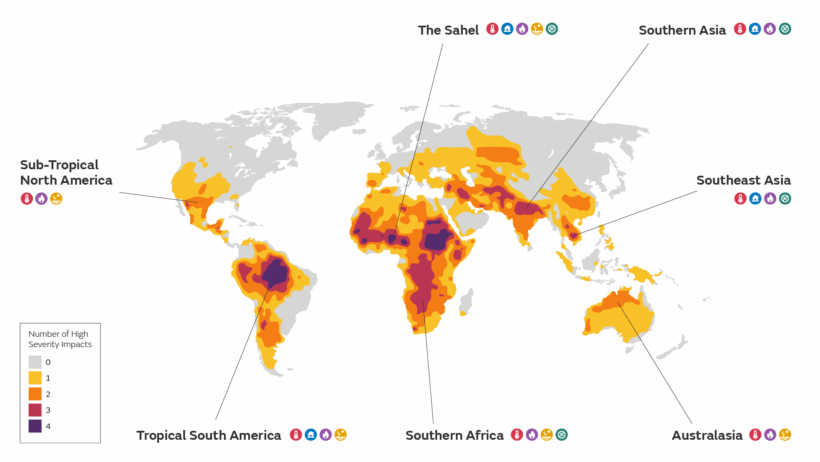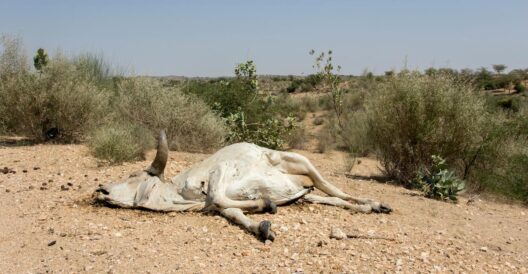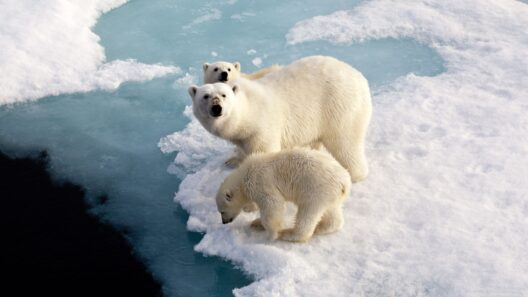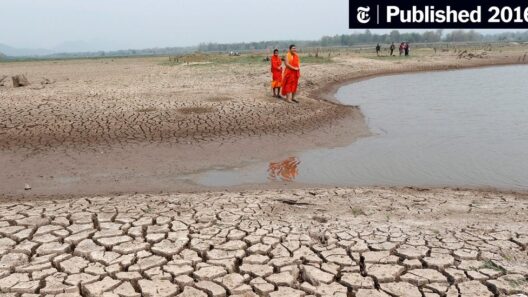Climate change, a pervasive and insidious phenomenon, has steadily infiltrated our everyday lives, manifesting in myriad forms that transcend the headlines. While news reports often sensationalize immediate weather events, they obscure the profound, long-term consequences of global warming. Here, we delve into the science of climate change and explore how it reverberates through our daily existence, affecting everything from agriculture and health to economies and ecosystems.
To understand the gravity of climate change, one must first grasp its scientific foundation. The greenhouse effect, a natural and necessary process, occurs when solar radiation is absorbed by Earth’s surface and re-radiated as infrared energy. This energy is partially trapped by greenhouse gases—primarily carbon dioxide (CO2), methane (CH4), and nitrous oxide (N2O)—which are emitted through human activities like fossil fuel combustion, deforestation, and industrial processes. The unpredecented accumulation of these gases has intensified this effect, driving up global temperatures at an alarming rate.
The quantitative aspect of climate change cannot be overstated. Average global temperatures have surged nearly 1.2 degrees Celsius since pre-industrial levels. Even a seemingly modest rise drastically alters weather patterns, triggering more frequent and severe events such as hurricanes, droughts, and heatwaves. Such perturbations in climate systems do not exist in isolation; they possess cascading effects that spawn a range of socio-economic challenges.
The implications of climate change touch numerous sectors, with agriculture being among the most vulnerable. Crop yields are acutely sensitive to temperature fluctuations and precipitation patterns. According to various studies, staple crops such as wheat, rice, and maize face reduced yields in many regions, particularly in developing countries that depend heavily on rain-fed agriculture. A changing climate fosters an environment rife with pests and diseases, further endangering food security. The potential for food scarcity not only threatens nutrition but exacerbates political instability and socioeconomic disparities.
Moreover, human health stands at risk from the effects of climate change. Rising temperatures facilitate the proliferation of vector-borne diseases, such as malaria and dengue fever, as warmer climates extend the habitat ranges of mosquitoes. Heatwaves can lead to heatstroke and exacerbate pre-existing health conditions, particularly in vulnerable populations like the elderly and those with chronic illnesses. Poor air quality, stemming mainly from increased carbon emissions, leads to respiratory ailments and other long-term health complications. The interconnections between climate and health underscore the necessity of a proactive, comprehensive approach to public health policy.
Economically, climate change poses significant threats. Industries reliant on natural resources are particularly susceptible to climatic shifts. The fishing industry has witnessed declines in fish stocks, attributable to changing ocean temperatures and acidification, which profoundly impact marine biodiversity. These phenomena strain livelihoods and jeopardize food sources for millions reliant on fisheries. The tourism sector, too, faces upheaval as natural attractions—such as coral reefs and snow-capped mountains—diminish due to environmental degradation, thereby threatening economies that depend on these ecosystems.
Beyond these immediate peripherals, climate change engenders geopolitical ramifications. As resources become scarce and natural disasters increasingly disrupt daily life, migration patterns shift. Climate refugees—individuals displaced due to climate-related events—spark tensions over resource distribution, potentially leading to conflict. Nations may find themselves embroiled in disputes over dwindling water supplies or arable land, exemplifying the intricate link between environmental change and international relations.
Furthermore, ecosystems, the intricate tapestry of life on our planet, face unprecedented threats. Biodiversity loss is accelerating at an alarming pace, with habitat destruction, ocean acidification, and pollution exacerbating the plight of countless species. Coral reefs, often dubbed the “rainforests of the sea,” are particularly vulnerable, experiencing widespread bleaching as ocean temperatures rise. The loss of biodiversity impairs ecosystem services—natural processes that benefit humanity, such as pollination and water purification—underscoring the profound interdependence between human well-being and environmental integrity.
Addressing these multifaceted challenges extends beyond mere adaptation; it necessitates transformative action. Transitioning to renewable energy sources, such as solar, wind, and geothermal, can significantly reduce greenhouse gas emissions. Energy efficiency measures, coupled with innovations in green technology, provide pathways for industries to minimize their carbon footprints. Additionally, protecting and restoring ecosystems can serve as a powerful tool for carbon sequestration, absorbing excess CO2 from the atmosphere.
Public awareness and education are crucial components in combating climate change. A well-informed populace is better equipped to advocate for policy changes and to participate in sustainable practices. Grassroots movements, community engagement, and legislative initiatives can foster a collective sense of responsibility, inspiring individuals to make conscientious lifestyle choices, such as reducing waste or opting for sustainable transportation options.
In conclusion, the science of global warming reveals a complex web of interconnected challenges that resonate through the fabric of everyday life. Acknowledging the reality of climate change is a vital step toward realizing the urgency of taking action. The impacts extend far beyond sensational headlines, entwining themselves with agriculture, health, economies, and ecosystems. As stewards of the planet, it is imperative to advocate for equitable and sustainable solutions that ensure a livable world for generations to come. The time for dialogue, action, and systemic change is now.








